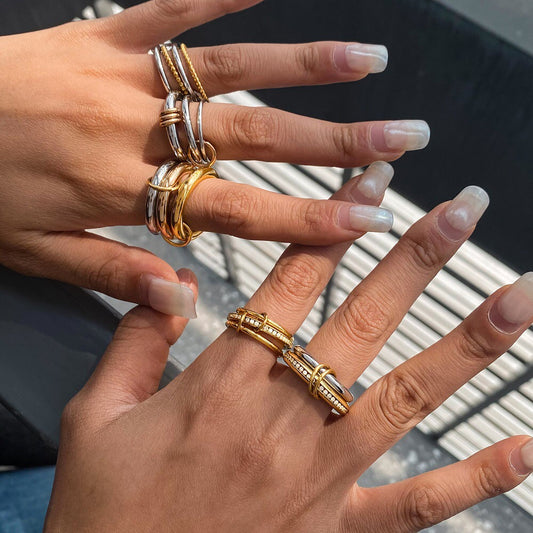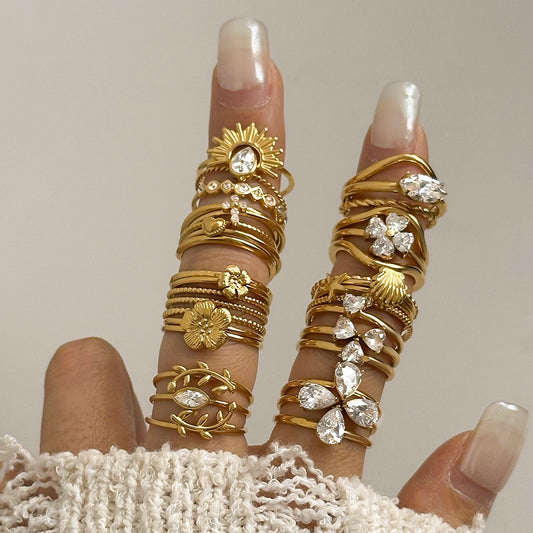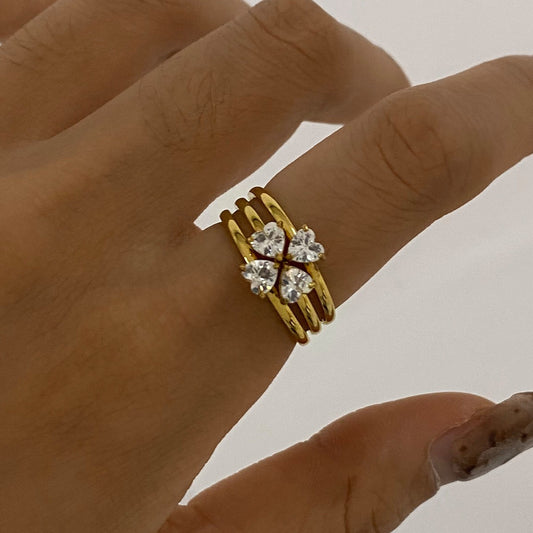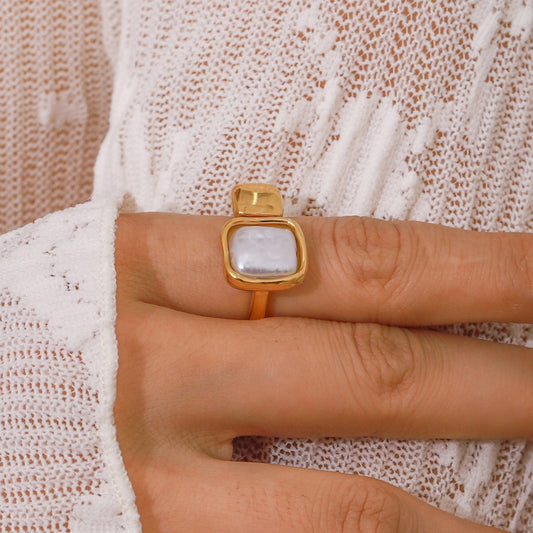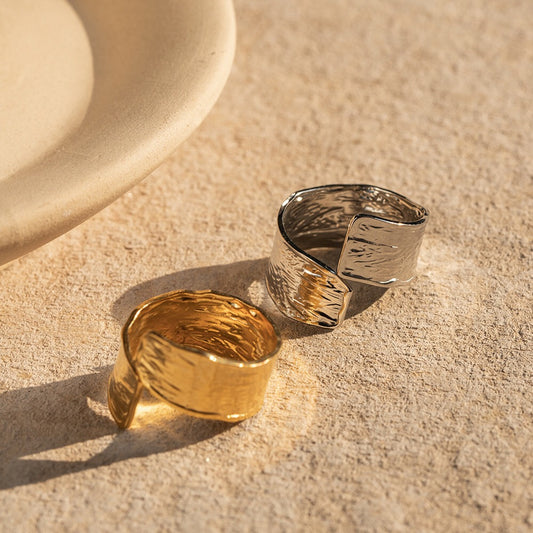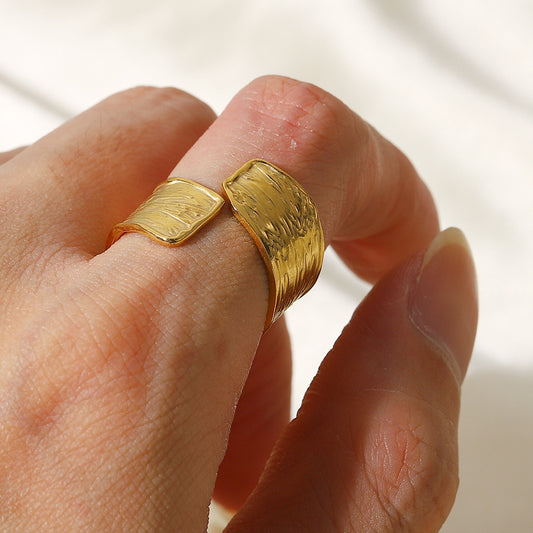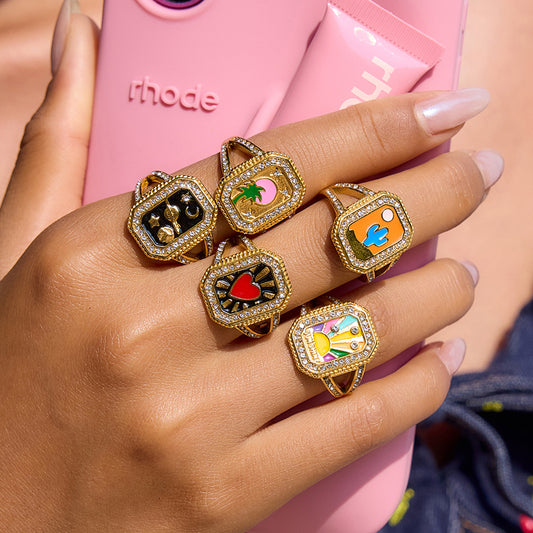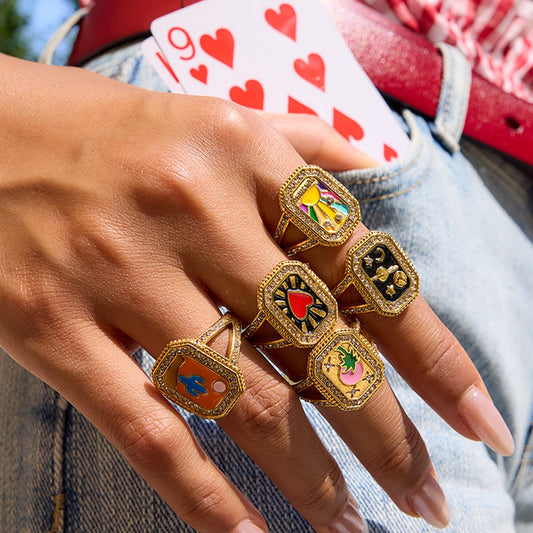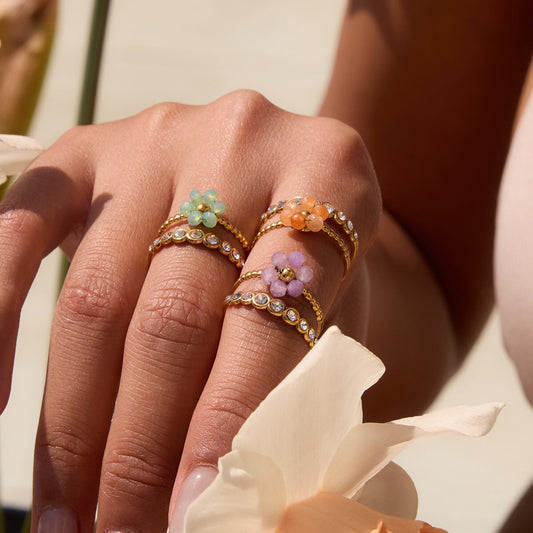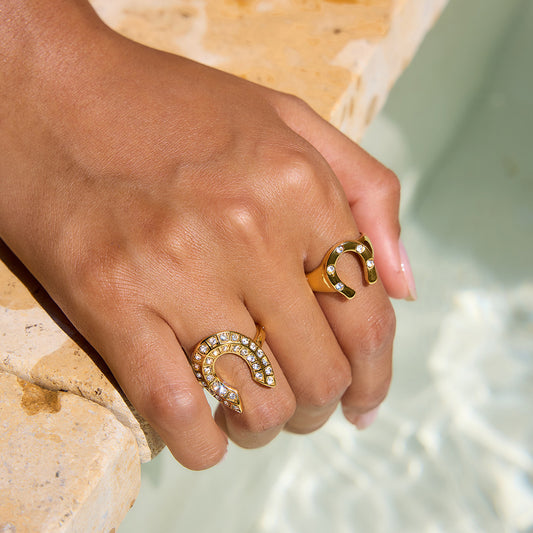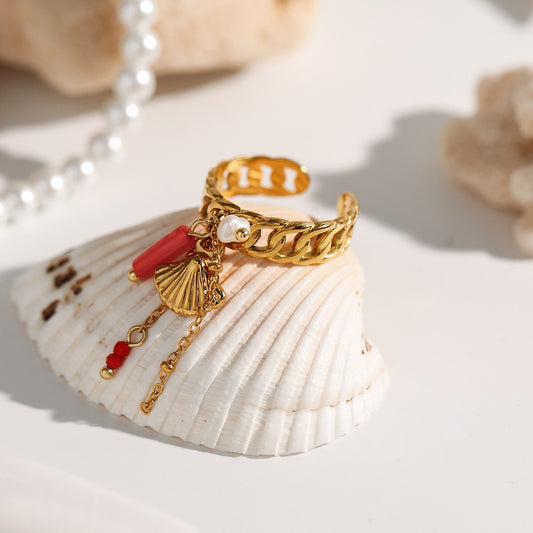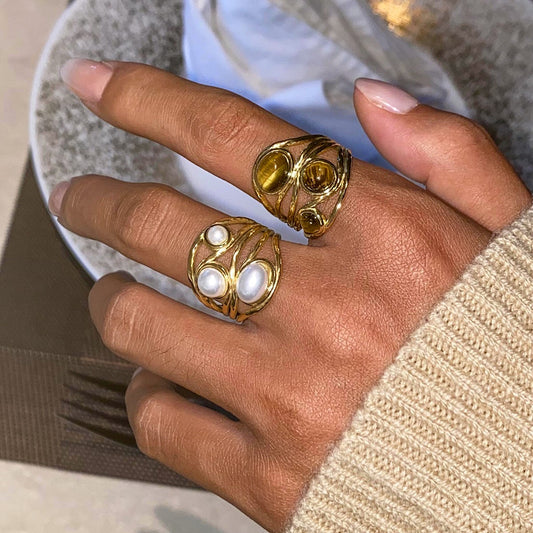Knowing how to know ring size is a critical skill for anyone buying rings—whether for yourself, a partner, or a loved one—and the stakes are higher than you might think: according to a 2024 survey by the Jewelry Retailers Association, 46% of online ring buyers return their purchases due to incorrect sizing, wasting time and money. The global market size for rings, specifically engagement and wedding rings, is substantial, with the engagement ring market valued at an estimated $34.1 billion in 2023 and the wedding ring market at $82.56 billion in the same year. A poorly fitting ring can slide off easily (risking loss) or feel uncomfortably tight (causing irritation), which is why getting the size right from the start matters. This guide breaks down simple, at-home methods, common mistakes to avoid, and pro tips to ensure your next ring fits like it was made for you.

What You Need to Know Before Measuring Ring Size
Why Ring Size Varies (and Matters)
Ring size is measured by the circumference of your finger, typically in U.S. sizes (ranging from 3 to 13 for adults) or international sizes (like European mm measurements). But finger size isn’t static: it can change due to temperature (fingers swell in heat, shrink in cold), hydration (dehydration can make fingers slimmer), and even time of day (fingers are usually largest in the afternoon/evening). Ignoring these factors is a top reason for sizing errors—so measuring at the right time is just as important as using the right tool.
Key Tools for Accurate Measurement
You don’t need expensive equipment to measure ring size—most methods use items you already have at home. Essential tools include: a flexible measuring tape (or string/floss), a ruler (marked in millimeters for precision), a printable ring size chart (easily found online), and a existing well-fitting ring (if measuring for someone else). For more accuracy, you can also buy a \(5-\)10 plastic ring sizer set from craft stores or online retailers—these kits include plastic rings in every size, making it easy to find your perfect fit.
5 Easy At-Home Methods to Know Ring Size
Method 1: Use a Flexible Measuring Tape
This is the most straightforward method for measuring your own finger.
-
Wrap a flexible measuring tape (or a strip of paper marked with mm) around the base of the finger where you’ll wear the ring—make sure it’s snug but not tight (you should be able to slide one finger under the tape).
-
Record the circumference in millimeters (mm) — this is key for converting to U.S. sizes (e.g., 54mm = U.S. size 6, 57mm = U.S. size 7).
-
Double-check the measurement 2-3 times to avoid mistakes, and measure in the afternoon for the most accurate result.
Method 2: String or Floss + Ruler
If you don’t have a measuring tape, string or floss works just as well.
-
Cut a piece of string (or floss) about 6 inches long. Wrap it around the base of your finger, marking the spot where the ends overlap with a pen.
-
Lay the string flat on a ruler and measure the distance between the two marks in millimeters.
-
Use an online ring size converter (search “mm to U.S. ring size”) to find your size. Pro tip: If the measurement falls between two sizes (e.g., 55.5mm), round up to the larger size—rings that are slightly loose are easier to adjust than tight ones.
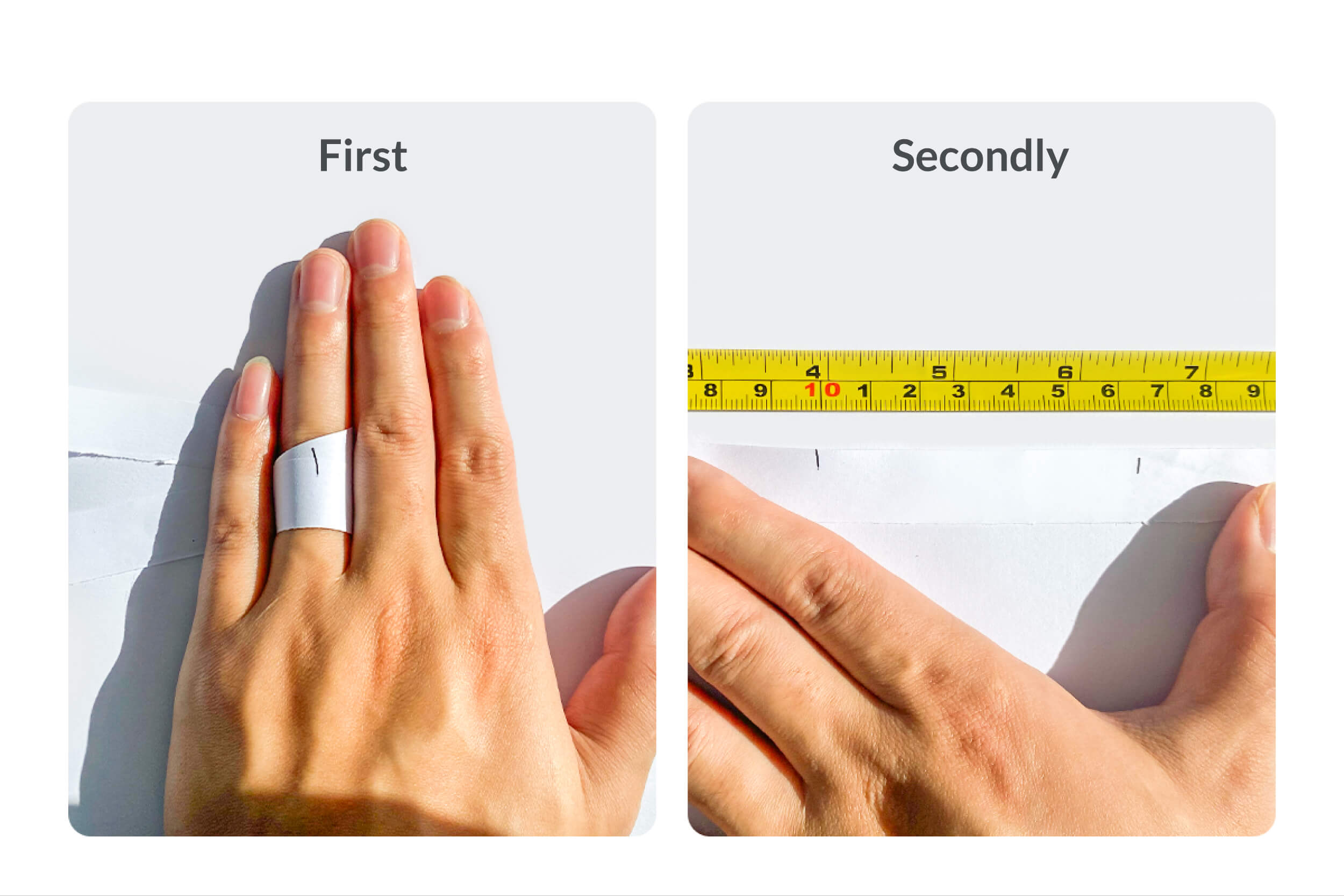
Method 3: Printable Ring Size Chart
Printable charts are great if you have an existing ring that fits well (or if measuring for someone else).
-
Find a reputable printable ring size chart online (make sure to select “actual size” when printing—do not scale the page).
-
Place the well-fitting ring on the chart, aligning the inner edge of the ring with the circle that matches its diameter.
-
The size labeled next to the matching circle is your ring size. If the ring falls between two circles, choose the larger size to ensure a comfortable fit.
Method 4: Plastic Ring Sizer Kit
A plastic sizer kit is the most foolproof at-home tool.
-
Take the plastic rings (labeled with sizes) and slide them onto the target finger one by one.
-
Stop at the ring that fits snugly but can still slide over the knuckle with a little effort—this ensures it won’t get stuck or fall off.
-
Note the size on the plastic ring—this is your exact size. These kits are especially useful for measuring kids’ fingers or if you’re unsure about other methods.

Method 5: Measure a Existing Ring (for Gifting)
If you’re buying a ring for someone else and don’t want to spoil the surprise, use their existing ring.
-
Take a well-fitting ring they wear on the same finger (and hand) as the new ring.
-
Place the ring on a ruler and measure the inner diameter (from one inner edge to the opposite inner edge) in millimeters.
-
Convert the diameter to size using a chart (e.g., 17.5mm diameter = U.S. size 7). If you can’t borrow their ring, ask a friend or family member to help—they may know their size or can sneak a measurement when the person isn’t looking.
Common Mistakes to Avoid When Measuring Ring Size
Mistake 1: Measuring Too Tight or Too Loose
Wrapping the measuring tape/string too tight will give you a size that’s too small (leading to uncomfortable rings), while wrapping it too loose will result in a size that’s too big (risking loss). The correct fit should feel snug enough to stay on, but loose enough to slide over your knuckle without forcing it.
Mistake 2: Measuring at the Wrong Time of Day
As mentioned earlier, finger size changes throughout the day. Measuring first thing in the morning (when fingers are slimmest) or in cold weather can lead to a size that’s too small. Always measure in the afternoon or evening, and avoid measuring right after a workout (sweating and swelling can make fingers larger).
Mistake 3: Ignoring Knuckle Size
If you have larger knuckles, you’ll need to account for them—otherwise, the ring may fit the base of your finger but get stuck on the knuckle. To fix this: measure the base of your finger and your knuckle, then choose a size that’s between the two. For example, if your base is 54mm (size 6) and your knuckle is 56mm (size 6.5), go with size 6.5 to ensure it slides over the knuckle.
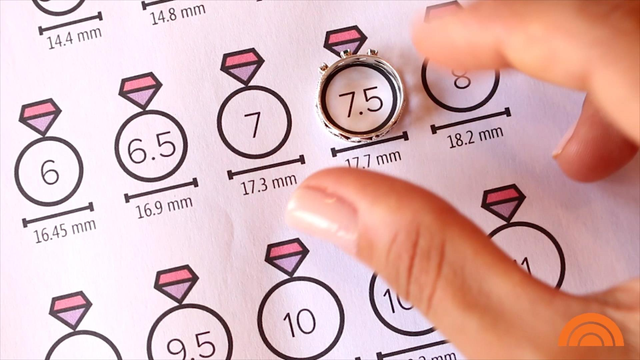
How to Know Ring Size for Someone Else (Without Spoiling the Surprise)
Tip 1: Borrow Their Existing Ring
This is the most reliable method for gifting. Sneak a ring they wear on the target finger (e.g., engagement ring finger for a proposal) and use the “measure a existing ring” method above. If you’re worried about returning it unnoticed, do this when they’re sleeping or out of the house—just make sure to put it back in the same spot!
Tip 2: Ask a Trusted Friend or Family Member
If you can’t borrow their ring, ask someone close to them (like their sibling or best friend) if they know their ring size. Many people share this info with loved ones, especially if they’ve talked about jewelry in the past. You can also ask for subtle hints, like “Did [Name] ever mention what ring size they are?”
Tip 3: Use a “Fake” Activity to Measure
If you want to measure in person without raising suspicion, create a casual activity. For example: “Let’s see who has bigger fingers—wrap this string around your finger and I’ll compare it to mine!” Once you have the measurement, pretend to forget about it and record the size later. This works best for casual gifts (like a birthday ring) rather than proposals.
How to Convert International Ring Sizes
U.S. to European Sizes
European sizes are measured in millimeters (circumference), so converting from U.S. to European is straightforward. Use this quick reference:
-
U.S. size 5 = 51mm (European size 51)
-
U.S. size 6 = 54mm (European size 54)
-
U.S. size 7 = 57mm (European size 57)
-
U.S. size 8 = 60mm (European size 60)
For sizes outside this range, use an online converter—just input the U.S. size or mm circumference to get the European equivalent.
U.S. to UK/Australian Sizes
UK and Australian sizes use letters (A-Z) instead of numbers. A common conversion chart:
-
U.S. size 5 = UK size J
-
U.S. size 6 = UK size L
-
U.S. size 7 = UK size N
-
U.S. size 8 = UK size P
Note that UK sizes start at A (smallest) and go up to Z (largest), so if you’re buying from a UK retailer, double-check the conversion to avoid errors.
What to Do If Your Ring Size Is Between Two Sizes
When to Round Up (or Down)
If your measurement falls between two sizes (e.g., 55mm, which is between U.S. size 6 and 7), the rule of thumb is to round up—especially for wide bands (6mm or thicker). Wide bands fit tighter than thin bands, so a larger size ensures comfort. For thin bands (2-3mm), you can round down if you prefer a snug fit, but rounding up is still safer for everyday wear.
How to Adjust a Ring That’s Too Big or Too Small
If you already have a ring that doesn’t fit, don’t panic—most jewelers offer adjustment services:
-
Too big: Jewelers can add a “sizer bead” (a small metal bead inside the band) or resize the band by cutting and soldering it smaller. This costs \(20-\)50 for most metals (sterling silver, gold-plated).
-
Too small: Stretching a ring is possible for thin bands (up to 1 size larger), but it’s not recommended for thick bands or precious metals (like solid gold). Jewelers may instead add a small piece of metal to the band to make it larger.
How to Know Ring Size for Kids (and Growing Fingers)
Measuring Kids’ Fingers Safely
Kids’ fingers are smaller and more delicate, so use a gentle method:
-
Wrap a thin strip of paper around their finger (avoid string—they may accidentally pull it too tight).
-
Mark the overlap with a pencil, then measure in mm.
-
Use a kids’ ring size chart (U.S. kids’ sizes range from 1 to 4) to find their size. Pro tip: Measure while they’re calm (e.g., after a nap) to avoid wiggling, which can skew results.
Choosing Adjustable Rings for Kids
Since kids’ fingers grow quickly, adjustable rings are a smart choice. These rings have a sliding band or open design that can be resized as their finger grows—they’re available in kids’ styles (like cartoon characters or simple metals) and save you from having to resize the ring every few months. Look for adjustable rings made of hypoallergenic metal (like sterling silver) to avoid skin irritation.
Conclusion: Master How to Know Ring Size for Perfect-Fitting Rings
Knowing how to know ring size doesn’t have to be complicated—and avoiding the 46% return rate starts with using the right methods and timing. Whether you’re measuring your own finger with string and a ruler, using a plastic sizer kit, or sneaking a measurement for a gift, the key is to be precise and account for factors like finger swelling and knuckle size. With the tips in this guide, you’ll never have to deal with a too-tight or too-loose ring again.
Ready to put your new skills to use? Grab a measuring tape or printable chart and find your size today—then shop for that perfect ring with confidence. If you’re still unsure, visit a local jeweler for a free professional measurement—they can confirm your size and answer any other questions. Don’t let sizing mistakes hold you back—get the perfect fit and enjoy your ring for years to come!






